History of Bryansk
Ancient History
Officially, Bryansk's year of founding has been set as 985 based on archaeological findings. However the city was first mentioned only in 1146 in the Ipatiev Chronicle as Debryansk. The city was originally part of the Chernigov Principality, an important principality which constituted part of Kievan Rus.
13th Century
Prince Roman Mikhailovich of Bryansk
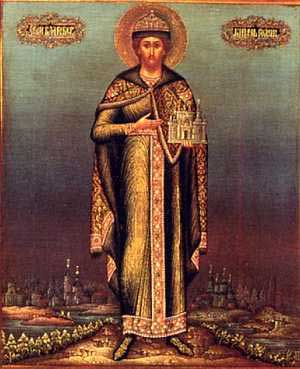
In 1246, after the Tatar-Mongol Invasion which saw the execution of Prince Mikhail Vsevolodovich of Chernigov and the destruction of much of the Chernigov Principality, the Bryansk Principality was established with Bryansk as its centre. Its first prince was Prince Roman Mikhailovich the Elder, son of the executed Prince Mikhail Vsevolodovich of Chernigov. According to legend, Prince Roman was losing his sight and so sent for a copy of the wonderworking Our Lady of Pechersk Icon from the Kievo-Percherskaya Lavra in Kiev so that he could pray to it. As the party was returning to Bryansk with the icon along the River Desna, the icon disappeared and later miraculously reappeared in a tree on the bank of the River Sven. Prince Roman prayed to the icon and his sight was returned and so in gratitude he founded a monastery on the site where the icon appeared.
Reign of Prince Roman's Sons
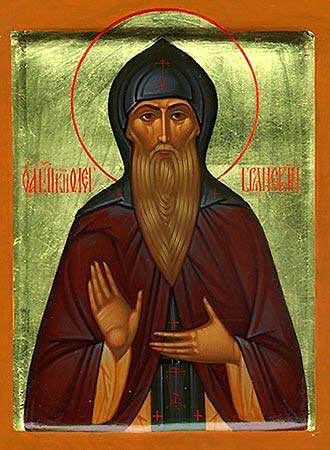
The date of Roman Mikhailovich's death is not known for certain but he was succeeded by his son Oleg sometime after 1288. However Oleg Romanovich later decided to give up his worldly possessions and became a monk, passing the throne to his brother Mikhail. Oleg Romanovich died in 1307 and was later canonised as St Oleg of Bryansk. After Mikhail Romanovich's death sometime after 1307, the male line of Roman Mikhailovich's descendants became extinct and the Bryansk Principality passed to the Princes of Smolensk as an appendage.
14th Century
Rule of the Smolensk Princes
The first of the Smolensk princes of Bryansk was Vasili Aleksandrovich, son of the prince of Smolensk. Shortly afterwards, in 1309, Vasili Aleksandrovich was forced out of Bryansk by Svyatoslav Glebovich, the deposed prince of Mozhaisk. It has been theorised, that Svyatoslav Glebovich based his claim to Bryansk by being linked to the former Bryansk dynasty through marriage, possibly a daughter of Oleg Romanovich. Vasili Aleksandrovich did not give up on Bryansk and with Mongol support attacked Bryansk and retook the principality in 1310 with Svyatoslav Glebovich being killed in the battle. Prince Vasili Aleksandrovich of Bryansk died in 1314. After this date the information on the princes of Bryansk is scarce and occasionally contradictory.
Lithuanian Rule
In 1356 Grand Prince Algirdas of Lithuania conquered Bryansk and made his son Dmitrijus Algirdaitis its prince. However by 1375, Bryansk's former prince - Prince Roman Mikhailovich, a member of the Smolensk dynasty - was again referred to as the prince of Bryansk and in 1380 he led a Bryansk Division which fought beside Dmitri Donskoy in the Battle of Kulikovo Field. When the Smolensk Principality was conquered by Grand Prince Vytautas of Lithuania in 1395, Vytautas named Roman Mikhailovich as his viceroy (namestnik) in Smolensk.
15th Century
Incorporation into Lithuania
Roman Mikhailovich was killed in 1401, when the brother of the previous grand prince of Smolensk recaptured the city. However in 1404 Vytautas once again captured Smolensk and this time incorporated it into Lithuania, with the appendage of the Bryansk Principality sharing the same fate. Bryansk would remain part of Lithuania for the rest of the 15th century.
16th Century
Incorporation into Moscow
In 1500 Grand Prince Ivan III of Rus launched a new war with Lithuania and early on in the war was successful in recapturing Bryansk and incorporating it into the Moscow Principality. A peace treaty was signed between Lithuania and Moscow in 1503, under which the Moscow Principality kept Bryansk. However Lithuania still wished to recover its lost land, and this cause was continued after Lithuania's union with Poland in 1569. Meanwhile the Russians were busy fortifying the city against a possible attack.
17th Century
Border City
During the Time of Troubles, Bryansk was attacked twice in 1607 by the armies of the Second False Dmitri and although the city was heavily damaged by fire, Dmitri was unable to capture it. After the Time of Troubles Bryansk recovered and continued to develop as a fortified city on Russia's western border with Poland-Lithuania, which signed a treaty in 1618 with Russia. Later in the century it also became an important city for trade and the Svenskaya Market, held outside the Svensky Monastery, came into being where goods from Ukraine, Crimea and Turkey were traded.
18th and 19th Centuries
Industrial Development
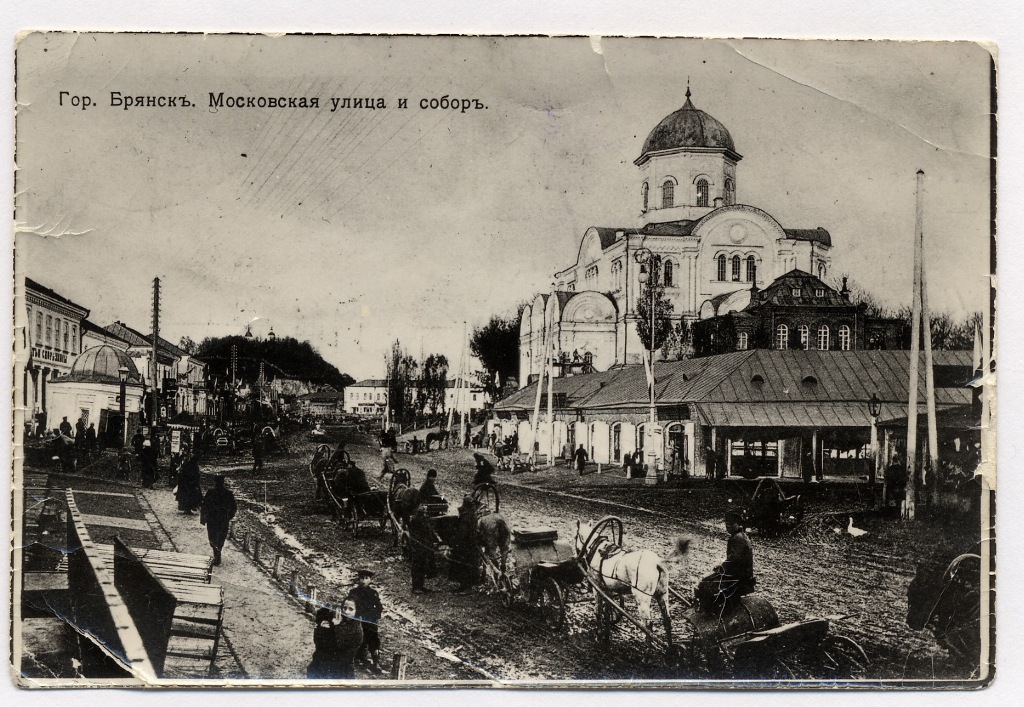
Under Peter the Great, Bryansk became a city within the Kiev Governorate in 1708 and had its fortifications improved. Peter the Great also established on the River Desna a wharf and it was here in 1737 that the Bryansk Flotilla was constructed to increase Russia's naval might during its war with the Ottoman Empire. In 1778 Empress Catherine the Great made Bryansk the centre of the Bryansk District of the Oryol Governorate and granted the city a coat of arms. Later, in 1783, Catherine founded the Bryansk Arsenal which produced siege and field artillery. The artillery made here would later play a significant role in Russia's war against Napoleon in 1812. In 1868 the Oryol-Vitebsk Railway, which passed through Bryansk, was opened and in 1873 the Belgorod Engineering Factory was established which produced steam engines and carriages for the new railways.
20th Century
Civil War
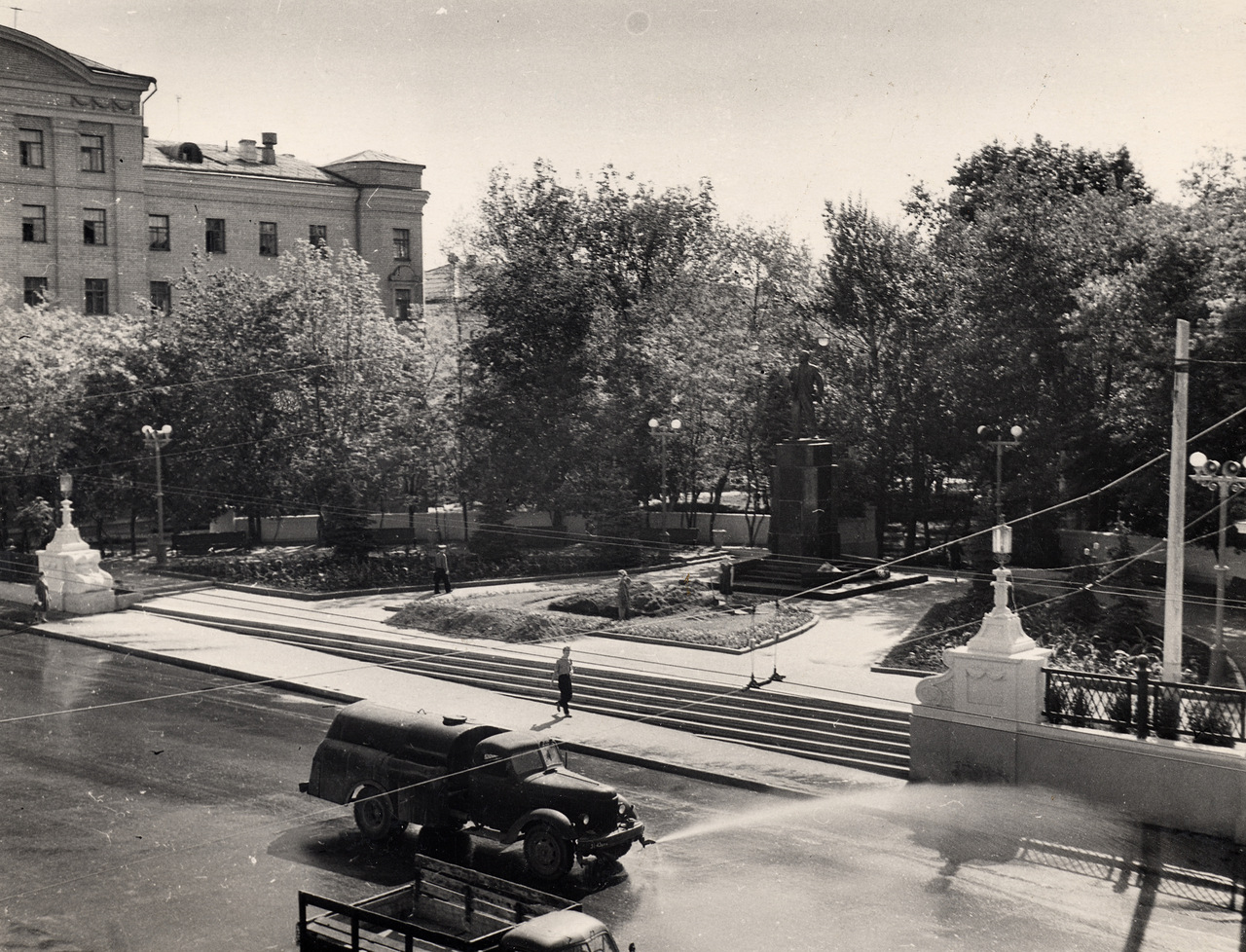
During the Russian Civil War Bryansk was claimed by the Belarusian People's Republic in 1918 but the Bolsheviks captured the city in 1919 and in 1920 made it the centre of the newly formed Bryansk Governorate of Soviet Russia. In 1929 the Bryansk Governorate was dissolved and Bryansk became a city in the Western Region, whose centre was in Smolensk.
Second World War
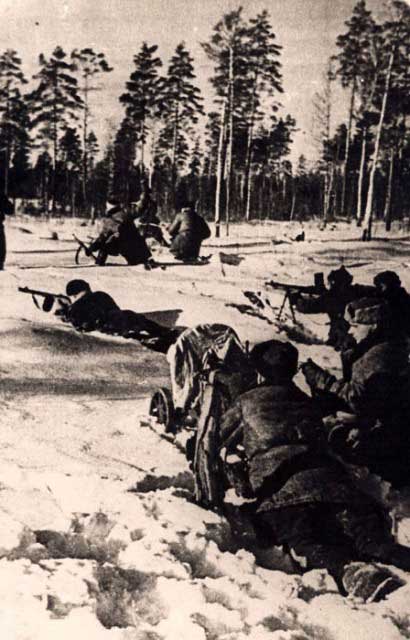
During the Second World War Bryansk fell to the Nazis on 6 October 1941. During this period over 60,000 partisans were operating from the nearby Bryanskie Forests and were able to kill thousands of enemy soldiers and destroy many bridges and railways to disrupt the Nazi's plans. The city was eventually liberated by the Soviets on 17 September 1943 which is now the date on which Bryansk celebrates its city day. In 1944 the Bryansk Region was formed with Bryansk as it centre. The city was named a City of Military Glory in 2010 for the heroism it showed during the Second World War.


 History
History